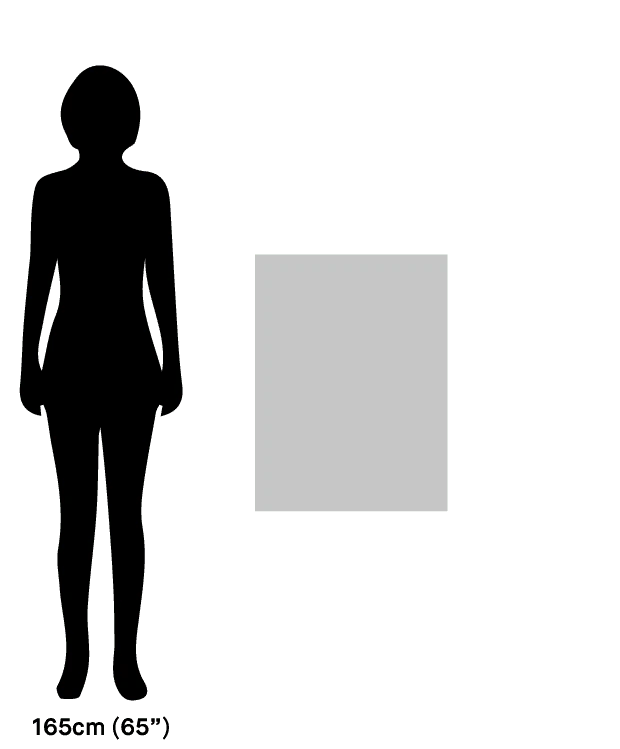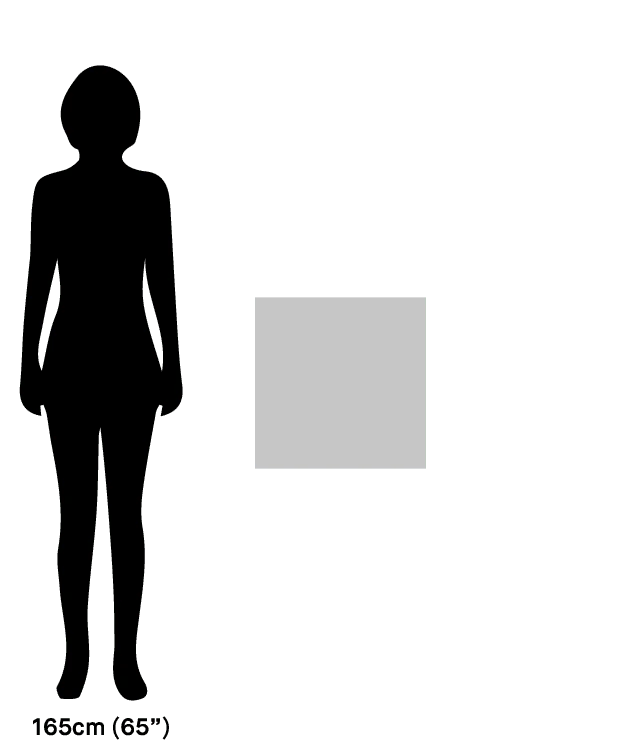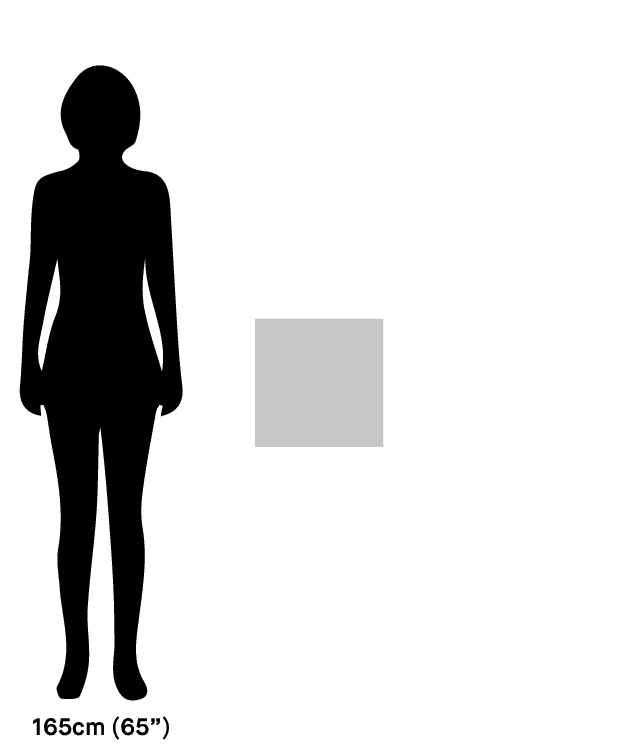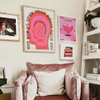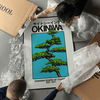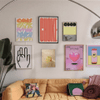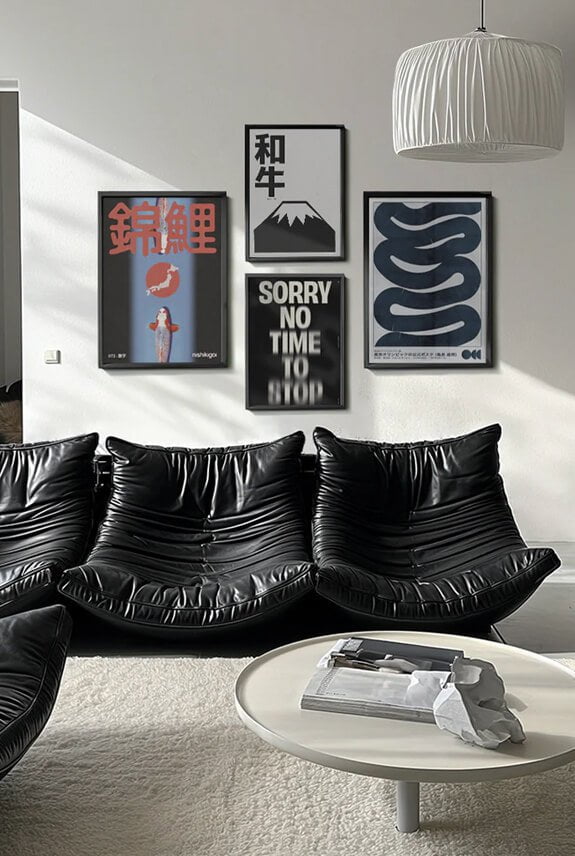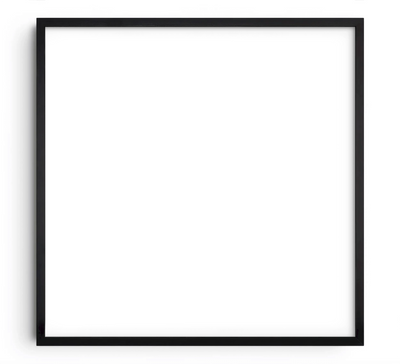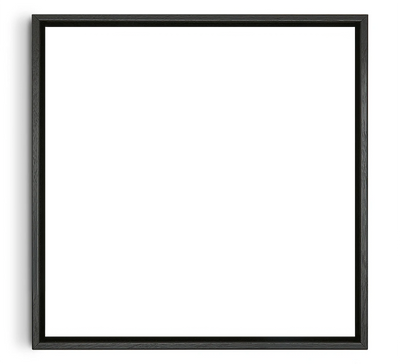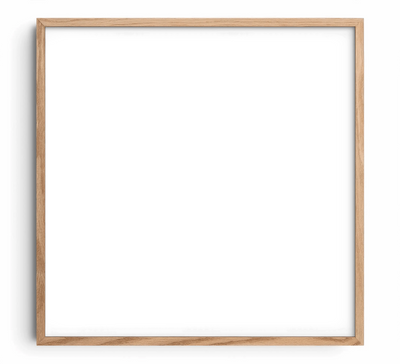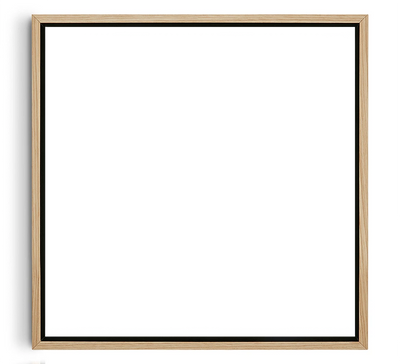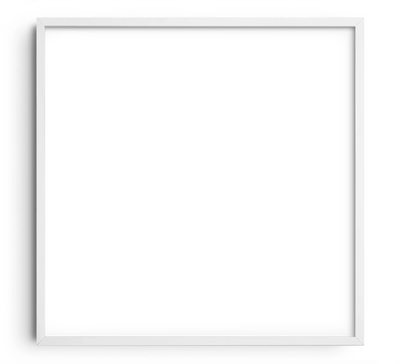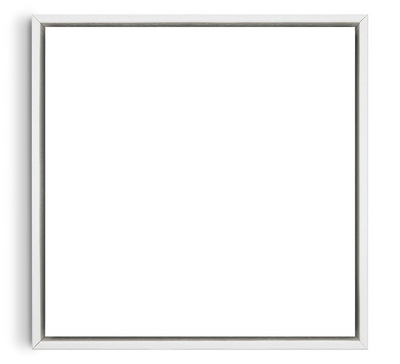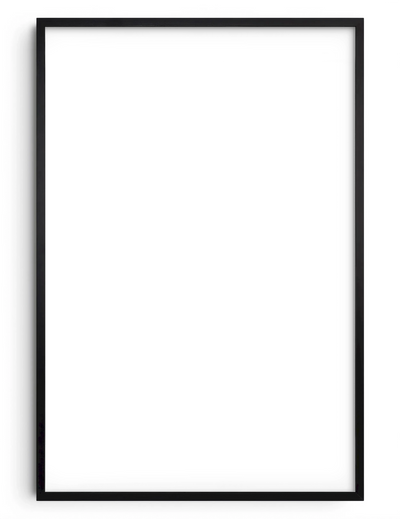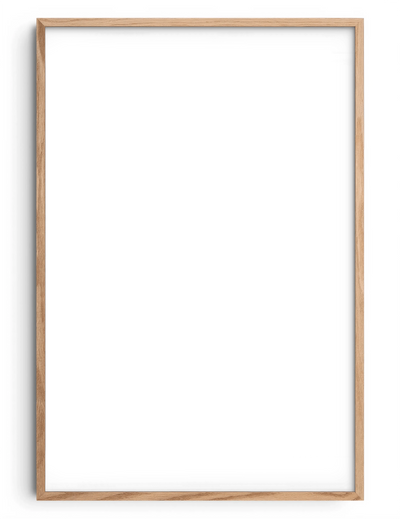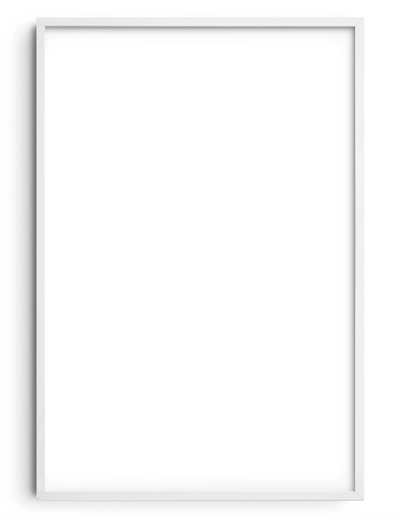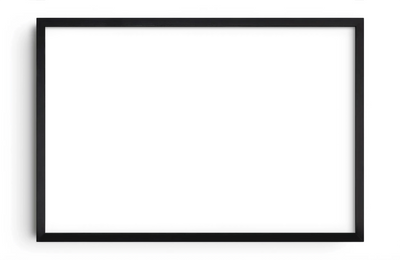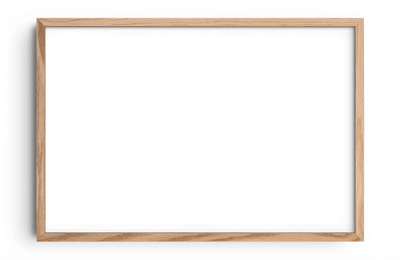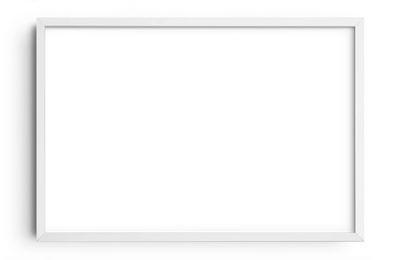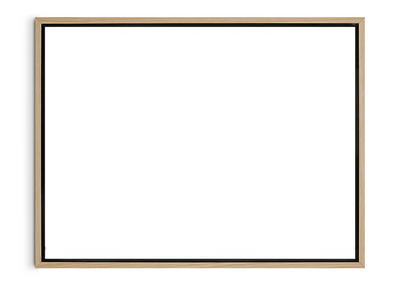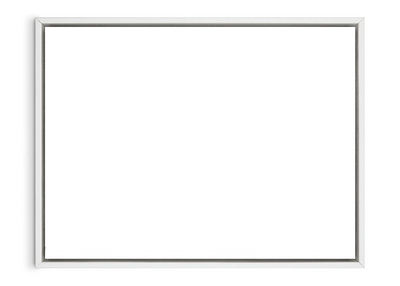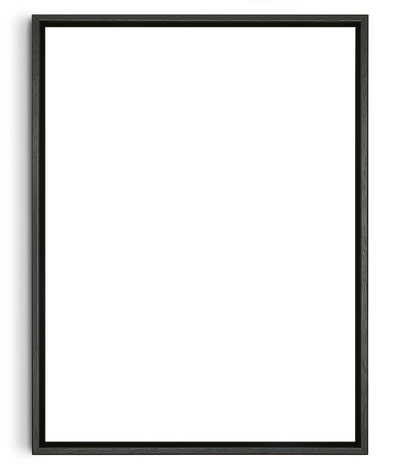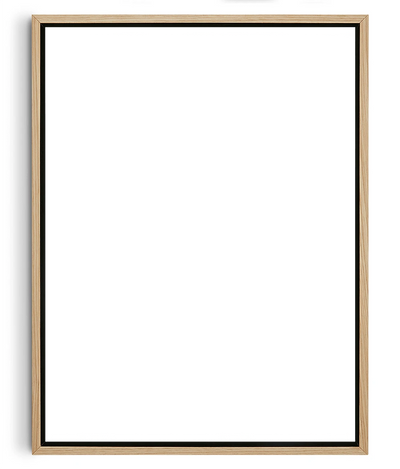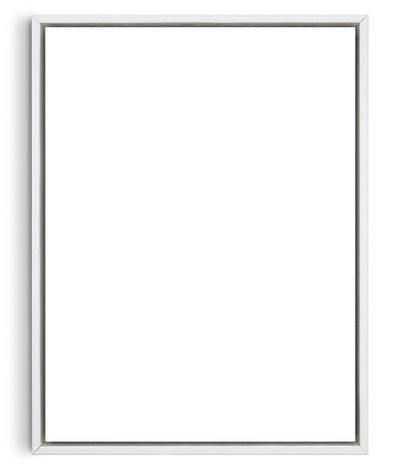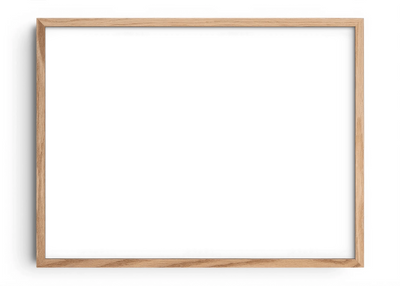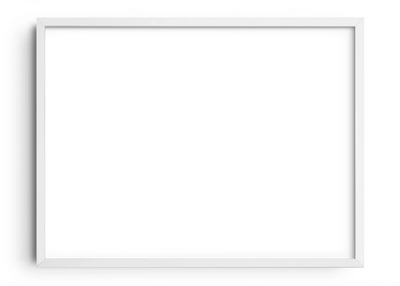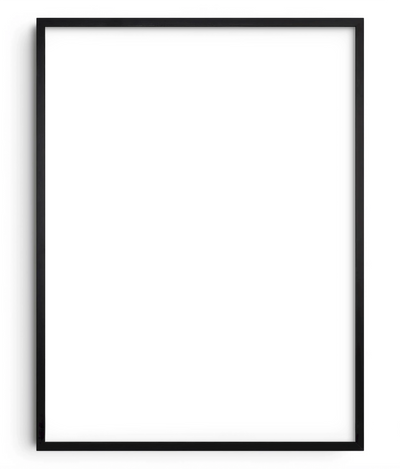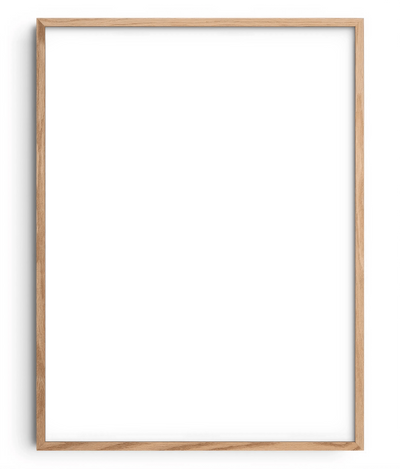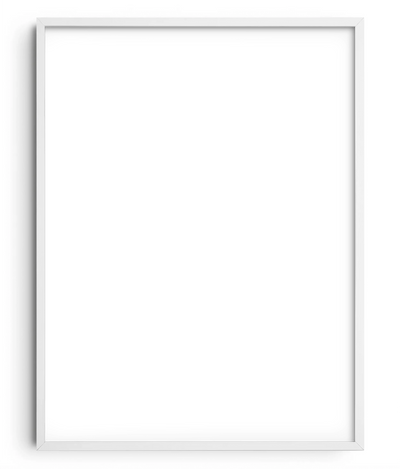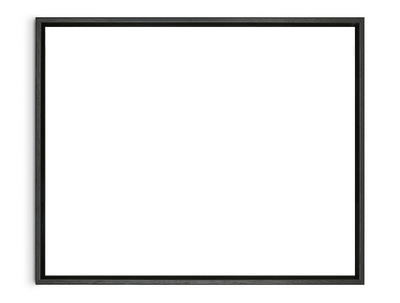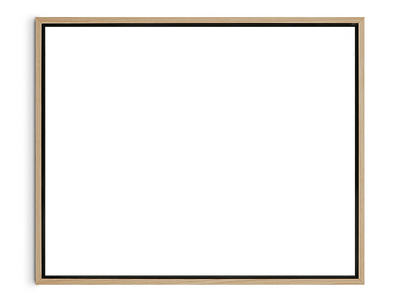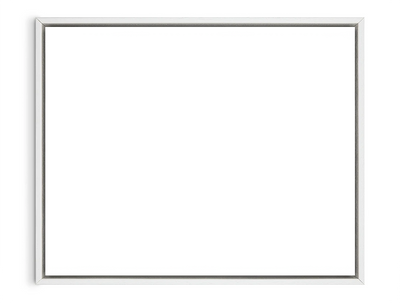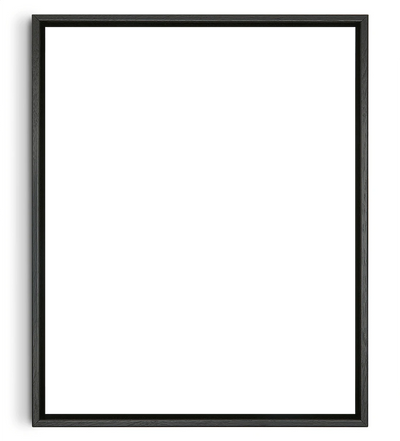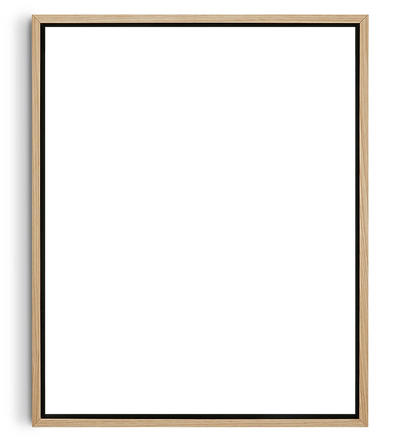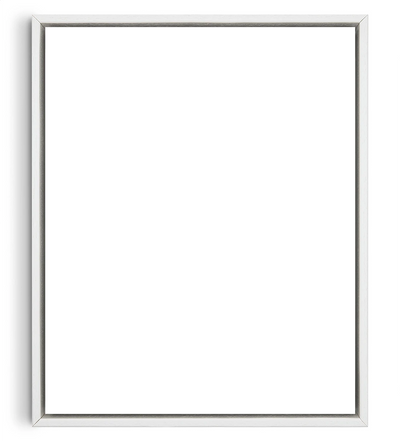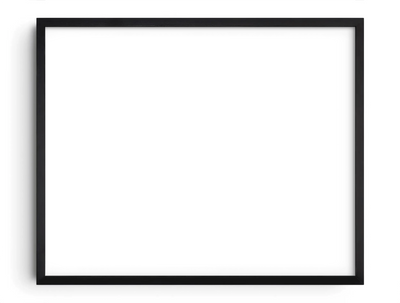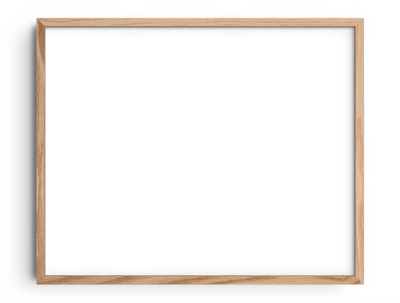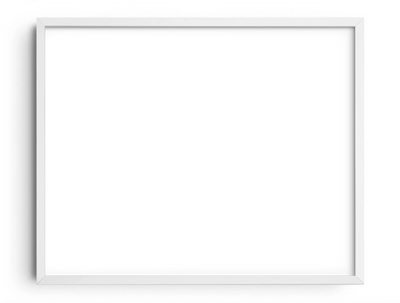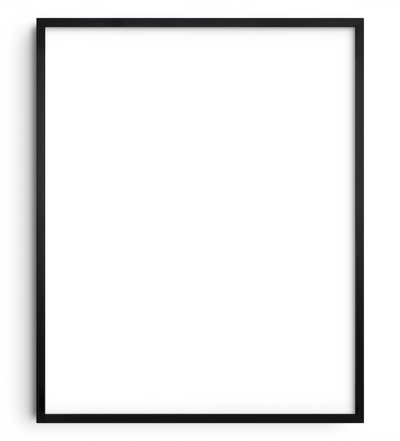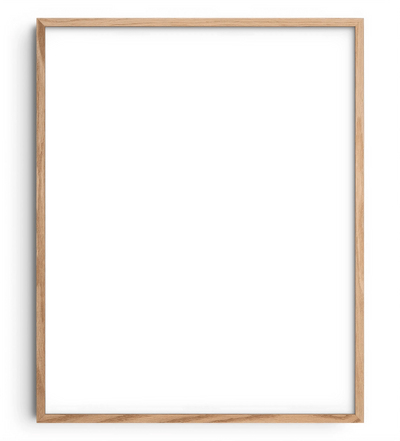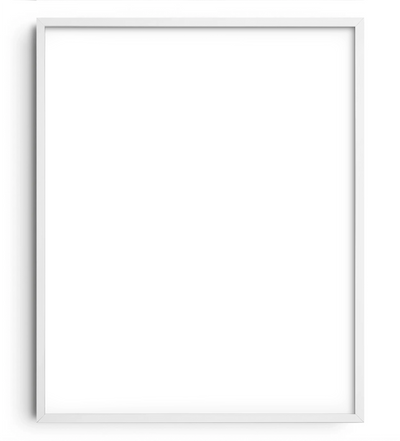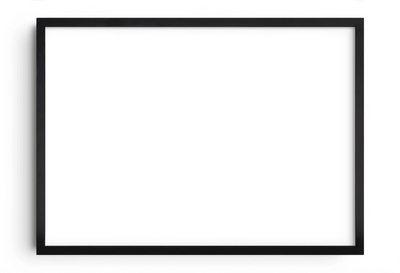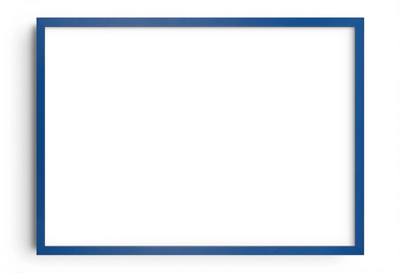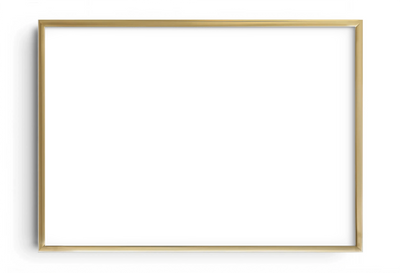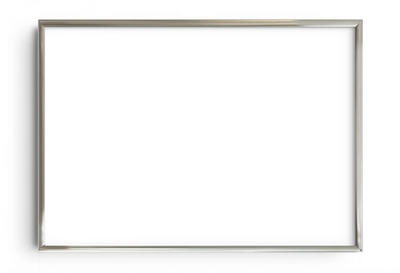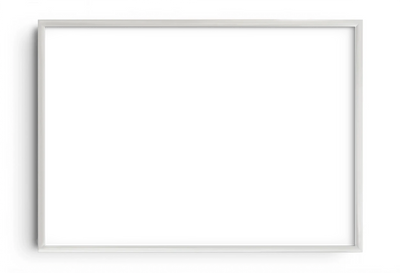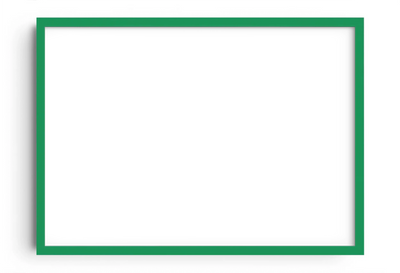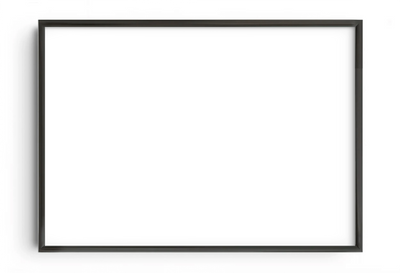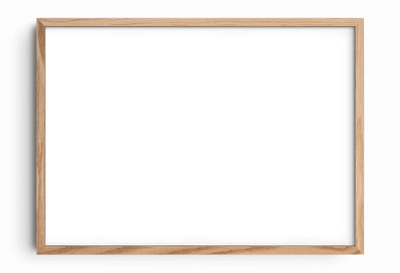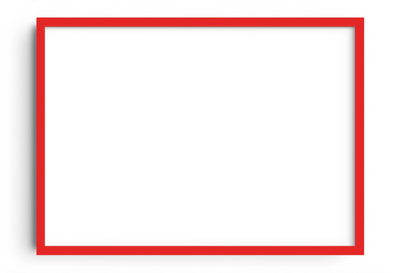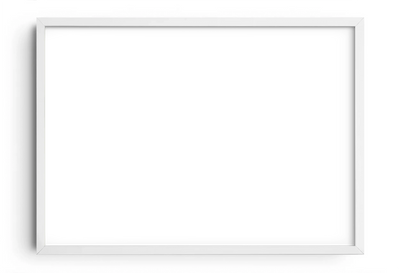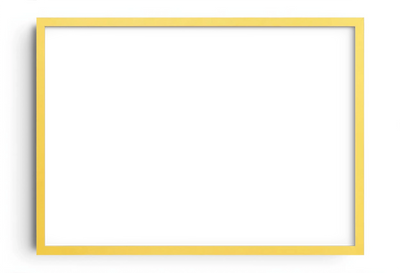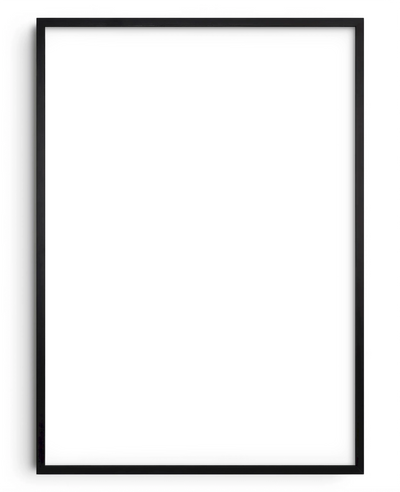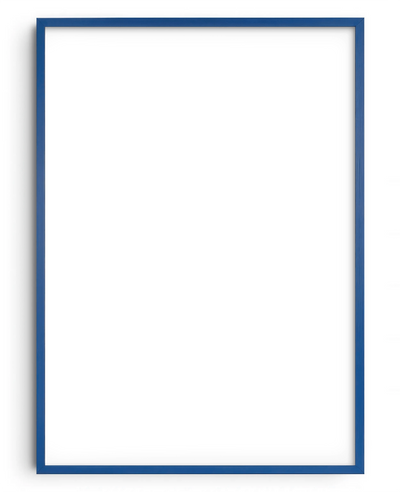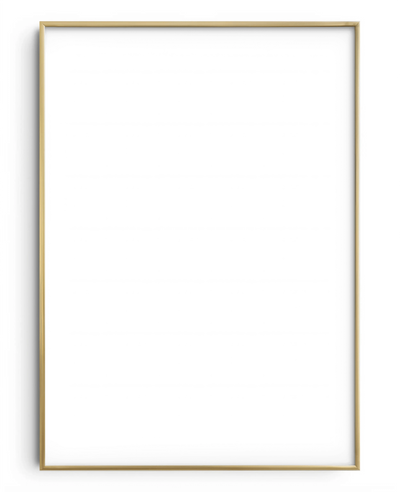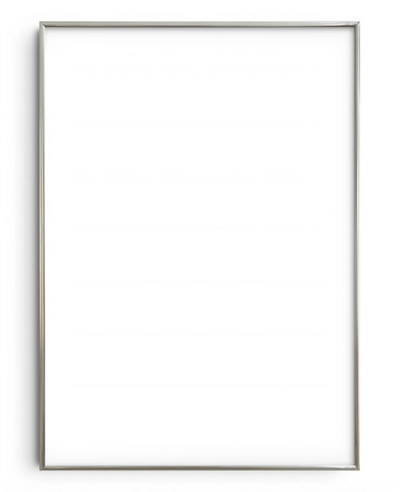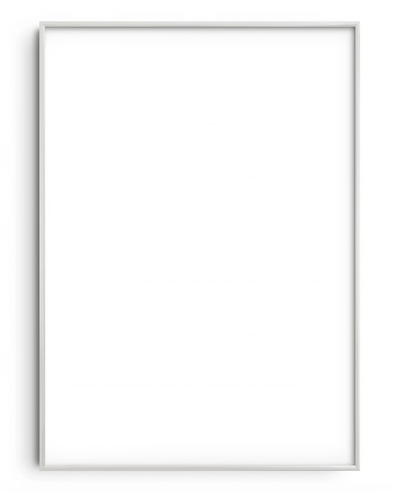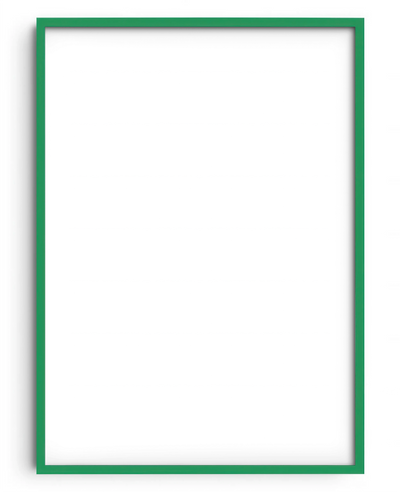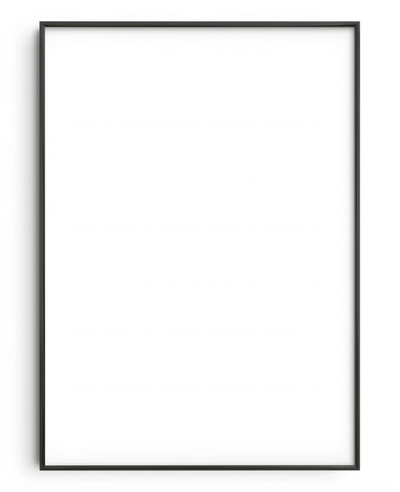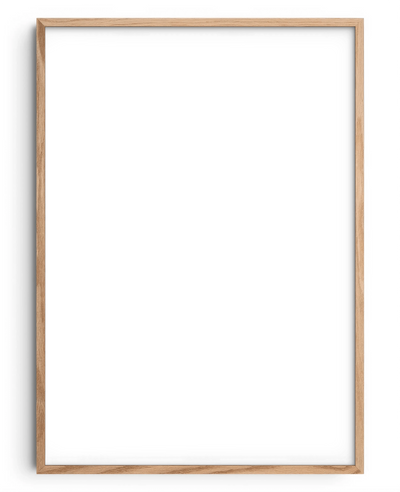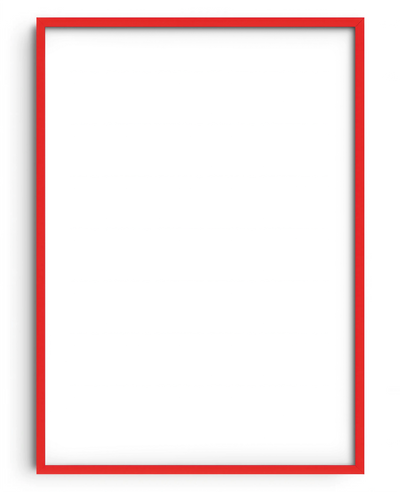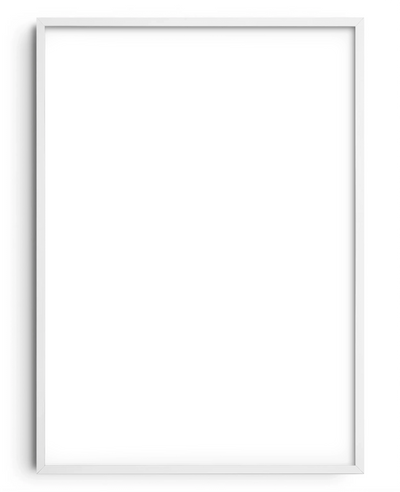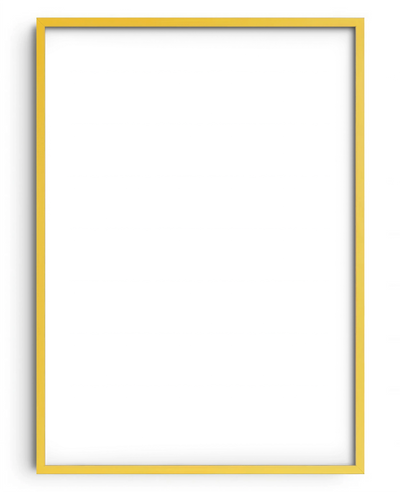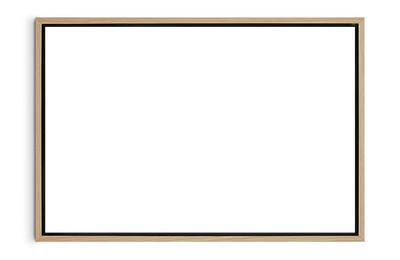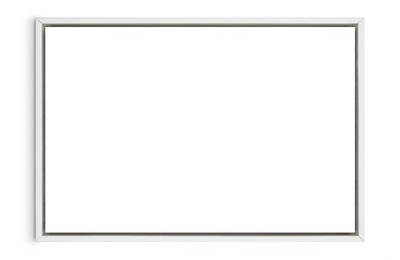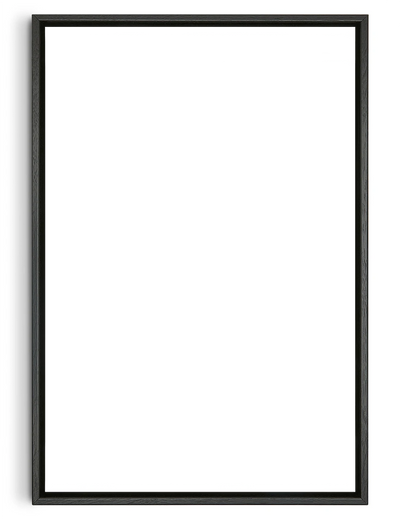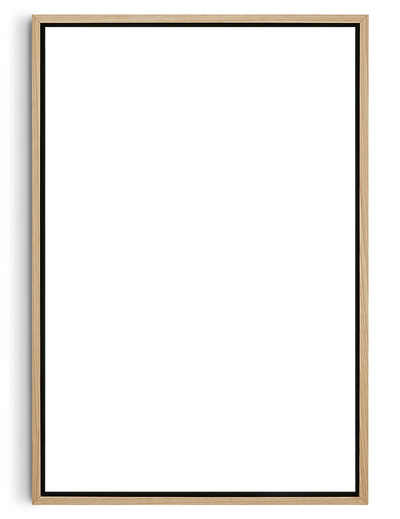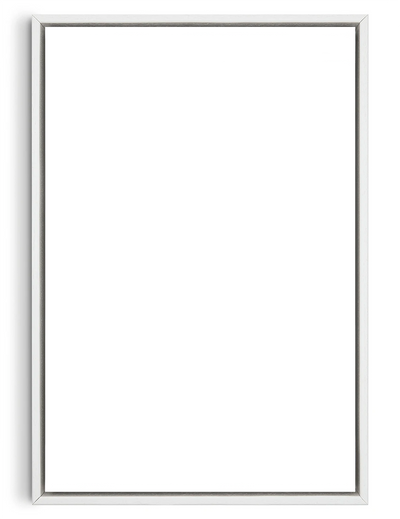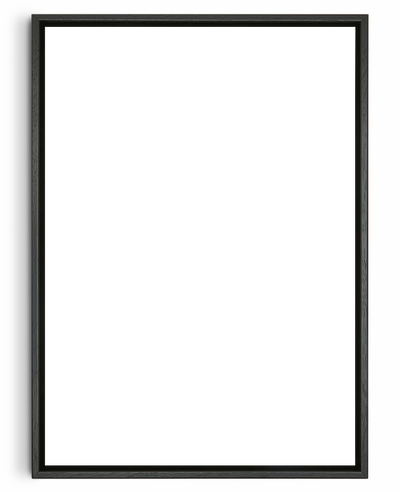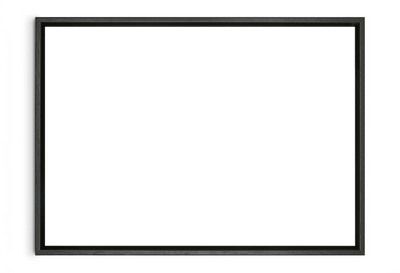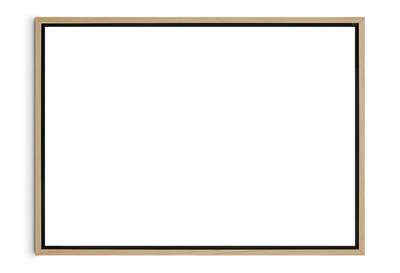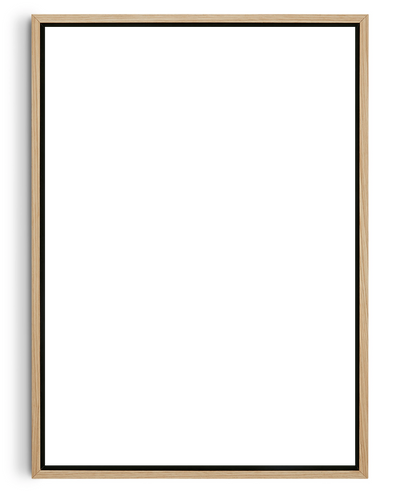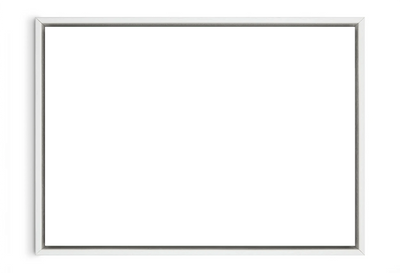
Quick-fire questions with painter Javi Cazenave
Javi is an architect who is more interested in the artistic side of spatial interventions either illustrating them on paper or through physical installation. After completing his MA in architecture at the University of Seville and La Villete (Paris), he moved to London, where he has been living and working for more than six years.
Sending some quick-fire questions his way, it was great to get to know him better and hear him explain his unique approach that sees him go against certain perspective and geometry rules.
What do your mornings look like?
My feet hanging on the edge of my bed, looking down at the carpet with a feeling of vertigo, trying to figure out how to survive the following 24 hours…(chuckles).
Well, to be fair, I am not the kind of person that religiously follows a routine. Especially since I have been through different morning patterns in the last few years because of my latest job. I’ve worked in an architectural practice, and during that time, mornings were the stereotypical ones. However, even then and more so now, I do have certain habits that give some structure to my day.
I like to get up early in the morning. I really enjoy the silence and the crispy cold of the mornings. I have a coffee, actually two (and sometimes three!) and dedicate the first couple of hours to doing some admin stuff on my computer; checking my email, editing photos of my work, having a look at some galleries online and upcoming exhibitions, etc.
After that, I go to the studio and spend the whole afternoon/evening there.
When did you first discover art? or realise you wanted to pursue a creative outlet?
Art has been always present in my life since I was little. My father has always painted and I basically grew up in that environment. He had this amazing studio (still has) in the old area of my hometown, Cádiz (Spain).
I used to go there after school and hang out with my dad while he was painting. My thing was drawing at the time (the walls are still filled with them actually) but shortly after I started painting and learning other techniques such as sculpture and etching too.
Now having some perspective, I realise it was such a special upbringing. Hanging out with grown-up artists, going to private views, spending my evenings in art studios… at the time I don’t think I was fully conscious of how special it was…
That was really the starting point.
How would you describe your artwork?
Very personal
Eclectic
Irrational
Premeditated
Spontaneous
Contradictory
Architectural infused
Geometric
Post-vandalism/ Post-Graffiti inspired
Are there any subjects or themes you are interested in? or represented in your work?
The more I think about my practice the more I believe all I do is a constant study of potential architectural proposals and installations that never occur. My work explores the relationship between spatial experiences and their graphic representation.
I tend to go against certain perspective and geometry rules; I like to play with perception; folding surfaces, planes and volumes, creating that illusion of ambiguity and interaction between volumes in the paper space.
I think architecture provided me with a very powerful input that made me investigate different processes. However there is this constant dilemma in my practice between the organised and premeditated world of architecture and the spontaneous and liberating one of the arts. The more I develop my practice, the more I realise that these two worlds will eventually merge in one only expression. At the moment, paint is my main media where I find myself much more comfortable materialising ideas.
What is your process?
I normally have several areas I want to investigate, ideas stored in the back of my head wanting to be developed.
The thing is I am so used to work in “projects” that I subconsciously tend to parcel certain concepts up and I end up working on series the majority of the time. This gives me some structure to materialize ideas. These though, aren’t fully premeditated projects. I always start with a loose sketch in my notebook. And this always happens in a non-studio related environment, normally when I am doing a completely different thing. In fact, in my latest architectural practice, you could see how the pages of my working notebooks were a mix of architectural concepts, to-do lists and proposals for new paintings to be developed.
Despite the sketching process, there is a big spontaneous factor in my work. Yes I have a basic structure and idea of what I want to develop but, based on that idea I like to improvise depending on the mood and the context I am each time. There is a lot of spontaneity in the way I approach a painting or a sculpture.
What do you need in order to create your work?
Well when in comes to inspiration, I would say movement and music. I don’t know, I really believe I’ve got a bit of ADHD. I just think better while in movement (in fact, from my flat to the studio it’s a 10min cycle, which I find great to get in the mood for painting).
Material wise, I am pretty flexible to be fair. I like to source materials from skips and waste generally to create the base compositions in my works on paper. That adds an extra level of texture that I then like to pain onto.
What do you find most daunting, challenging, or frustrating about what you do?
The need to generate a concept behind the work we artists develop.
I don´t believe the concept is the centre-point of a work of art. There are more factors involved in what we do that go beyond our understanding. Factors that have to do with the subconscious world and intuition which, are the result of our upbringing, our context, the culture we consume, the circles we move in…
People feel secure when approaching a work of art that is backed up by a concept. It allows them to have a main structure they can navigate around. Otherwise they get anxious. They are not used to look intuitively at a piece of art.
And artists get so used to this model that end up post-rationalising their work.
Yes, concepts can shape and guide our practice in some degree but they are never the main conductor of the whole piece.
Checkout Javi's print store HERE










